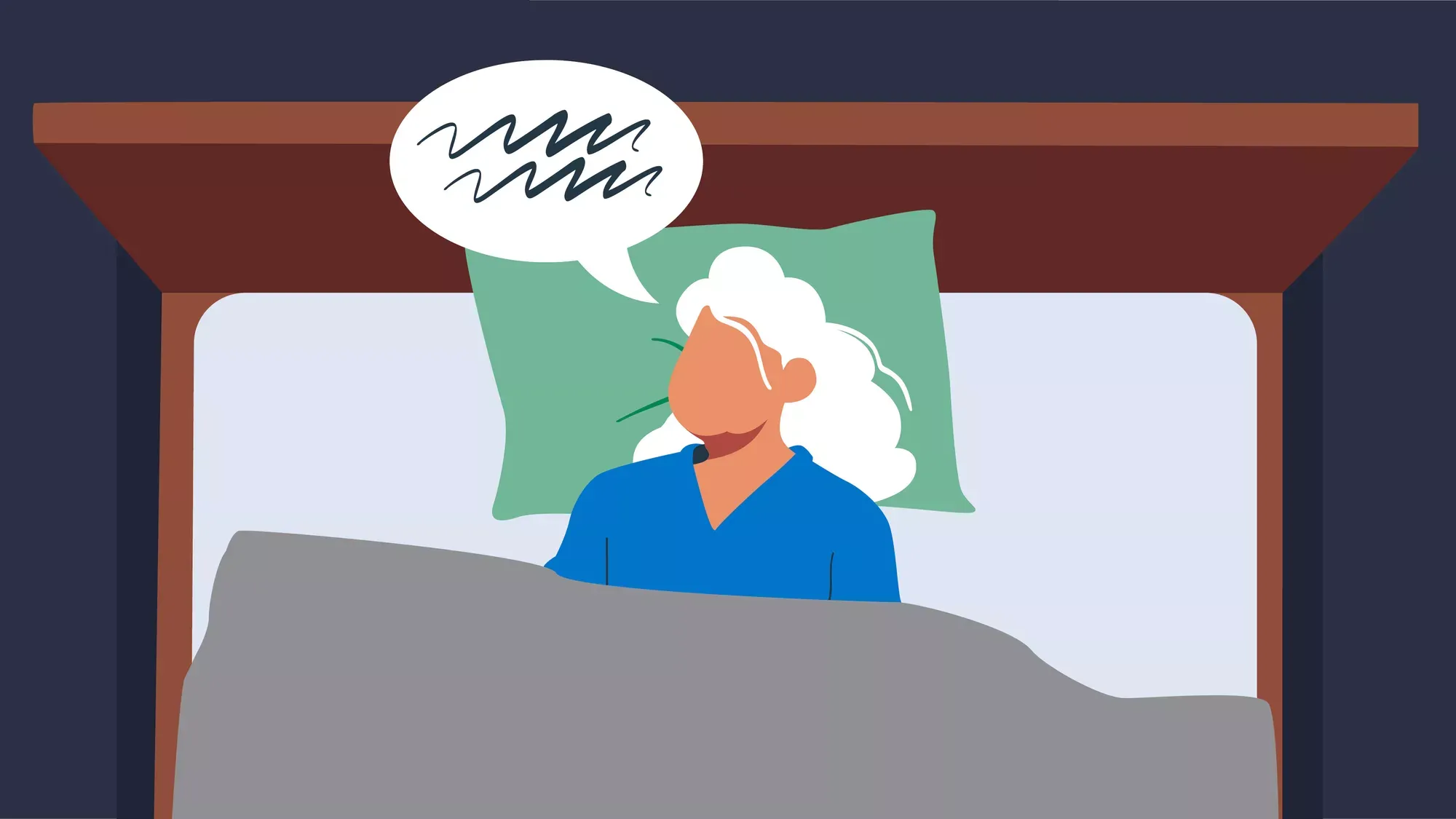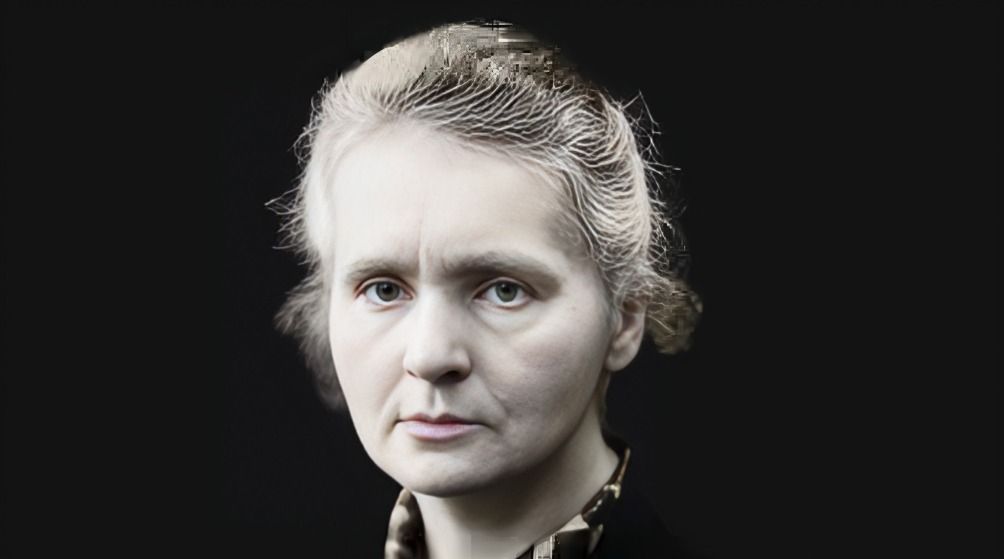
“
Dreams are one of the most intriguing mysteries of the human mind. While you sleep, your brain becomes a stage for vivid imagery, emotions, and stories. But how does this happen? From the REM sleep cycle to neural connections tied to memory and emotions, dreams reflect your subconscious in fascinating ways. Let’s delve into how your brain processes dreams and uncover what they reveal about your mind and body during sleep.1
”
Dreams primarily occur during REM sleep, a phase of heightened brain activity. This stage is essential for vivid dreaming, as the brain processes and consolidates memories and emotions during this time.1
During dreams, areas like the occipital lobe, amygdala, and hippocampus become more active. These regions are responsible for visual perception, emotions, and memory, explaining the vivid, emotional content of dreams. 2
Dreams help consolidate memories by sorting new experiences and emotions. The brain processes and organizes information gathered throughout the day, assisting in emotional regulation and reinforcing learning during sleep. 3
In lucid dreaming, increased activity in the prefrontal cortex, responsible for self-awareness and decision-making, allows dreamers to recognize they're dreaming and sometimes exert control over their dreams or dream scenarios. 4

A 2017 study found sleep talking often includes swearing, with conversations being random and unpredictable, sometimes expressing strong emotions or inappropriate language during episodes.
Approximately 12 percent of people experience dreams in black and white, while the majority dream in color. This variation in dream perception may be influenced by factors such as age and media exposure. 5
Nightmares typically start between ages 3 and 6, peaking in childhood and decreasing after age 10. Women experience more nightmares than men, and they most often occur in the final third of sleep.6
Dreams serve as a way for the brain to process emotions and consolidate memories from the day. This aids in emotional regulation, helping to integrate experiences into long-term memory for emotional resilience.7
The brain's frontal lobe, which controls logic and reasoning, becomes less active during dreaming. This lack of control helps explain why dreams can be illogical, strange, or nonsensical at times.8

Lucid dreaming occurs when the dreamer realizes they’re dreaming and may control the dream's events. Increased prefrontal cortex activity during lucid dreaming helps the dreamer become aware of their sleep state.
Sleep paralysis affects around 8 percent of people, occurring when individuals are unable to move while in a state between sleep and wakefulness. This phenomenon can be accompanied by vivid hallucinations.9
Even blind individuals experience visual imagery in their dreams. Those who lost their sight later in life may see familiar images, while those born blind may have heightened senses in their dreams.10
People forget 95 to 99 percent of their dreams, often losing the details shortly after waking. Factors like sleep quality, dream intensity, and memory retention can influence how much is remembered. 11
Sleep disorders like sleep apnea disrupt sleep stages, leading to fragmented sleep and more vivid, often unsettling dreams. These disruptions can cause the brain to struggle with dream coherence and continuity. 12

While the exact purpose of dreams remains uncertain, some neuroscientists believe they are essential for mental and emotional health. Dreams may play a role in emotional processing and memory consolidation.


